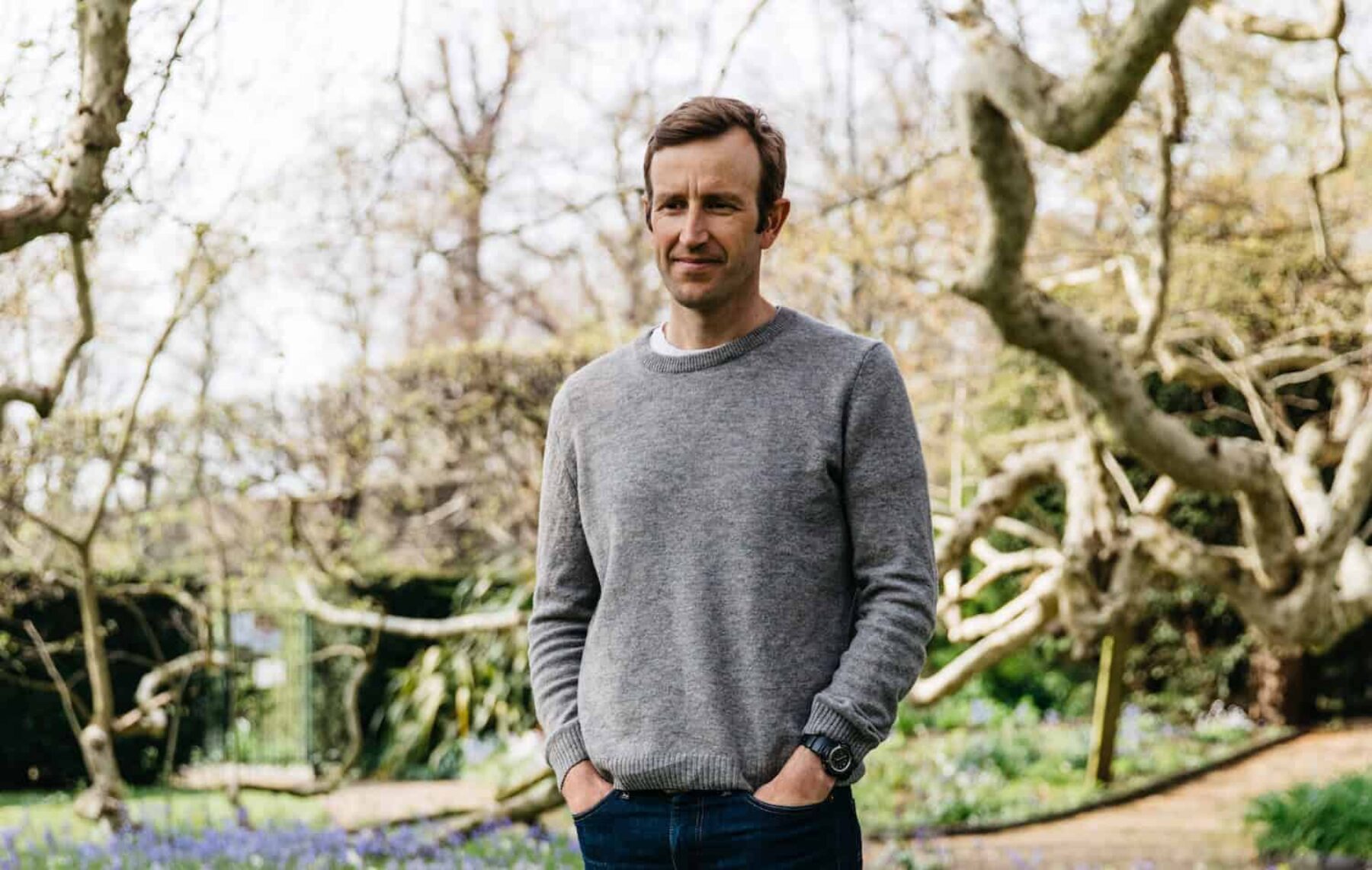Nature writer Robert Macfarlane tackles everything from prehistoric cave paintings to buried nuclear waste in his latest book. Travelling to humankind’s deep past, he asks: could clues to the way forward lie below the surface?
— Underland is your first book to focus on the world ‘below’, from caves to catacombs. Why take us there?
I have devoted my writing life to trying to celebrate and diversify the relationships we have with the world beyond the human. Underland is the darkest book I have ever written but it is also full of wonder and hope. It celebrates the possibility of rich relations with the more-than-human world.
For years, I have travelled to the deepest parts of the world beneath our feet, and rarely felt as far from the human realm as when 10 metres below it. One of the large subjects of the book is claustrophobia, which we’re experiencing as a species. Every move we make seems only to wriggle us tighter into our trap, and so I became fascinated by claustrophobia’s power.
— What did you learn during your time underground that can be applied to human societies?
One paradox is that illumination can happen in the dark, and that certain types of knowledge can be found underground. It is evident in the stories of many cultures that have lived close to forests that forms of communication exist between trees. Rather than competing individuals, forests can be thought of as complex super-organisms.
Western science has only in the last quarter century uncovered this global mutualism that has been at work for about 400 million years. This ‘wood wide web’ is an astonishing model of possibility, coexistence, community and citizenry. Humans are very good at this too. There are wonderful hopeful visions out there; extraordinary grassroots energy and hope for small-scale change as well as large-scale structural change. The NHS, when working at its best, is one of the great ecological structures we have made in this country.
— How does viewing human life in ‘deep time’ alter what we value?
In a way, a 300 million-year-old rock flattens all hope, flattens all love and flattens all fear. Because on that scale how do you locate short-term value – what is important? But actually, showing ourselves in deep time sharpens what it means to live, what it means to care and what it means to love. In deep time, we have hardly been here any time at all. Yet here we are in these rich, capacious minutes, surrounded by life. This astonishment at the present, when combined with a sense of deep time responsibility, means we should be asking not just how we judge the future, but how the future will judge us.
— Are there signs we are becoming more empathetic towards the planet?
Yes, I think there are. There is an empathy towards what [US author] Rebecca Solnit calls “the ghostly billions yet unborn”, but we can still be massively empathy-deficient. Compare, for example, the outpouring of grief for the fire at Notre Dame to the failure of systems and cultures to repair ecosystems that are being destroyed. If anything in the world is a religious structure to me, it would be the Great Barrier Reef, yet where are the businesses pledging millions of euros within hours of the news of the latest bleaching?
I’m fascinated by our brutality, our incompetence as a species but also by these amazing forms of cooperation and future generosity we are capable of. Extinction Rebellion and the school climate strikes are extraordinary performances of these feelings.
— Can writing about nature and landscape really help us to protect the planet?
[US environmentalist] Bill McKibben says: “Climate change will never mean anything to people until they feel it in the gut.” That is what writing can do; it can make people feel things in the gut. The job is to find a way to speak to these existential questions. It is probably why I will never stop writing about landscape, nature, people and place. There is an urgency now, which has consequences that will extend centuries, millennia, ahead of us.
Featured image: Robert Macfarlane at Emmanuel College, University of Cambridge, where he is a fellow. Photograph by Alexander Turner

